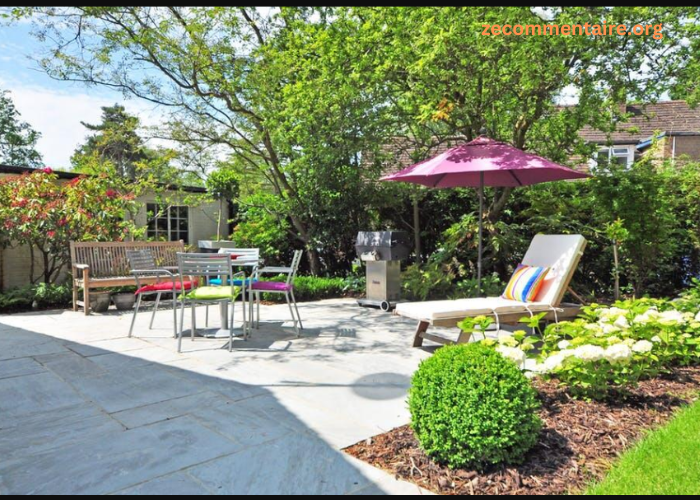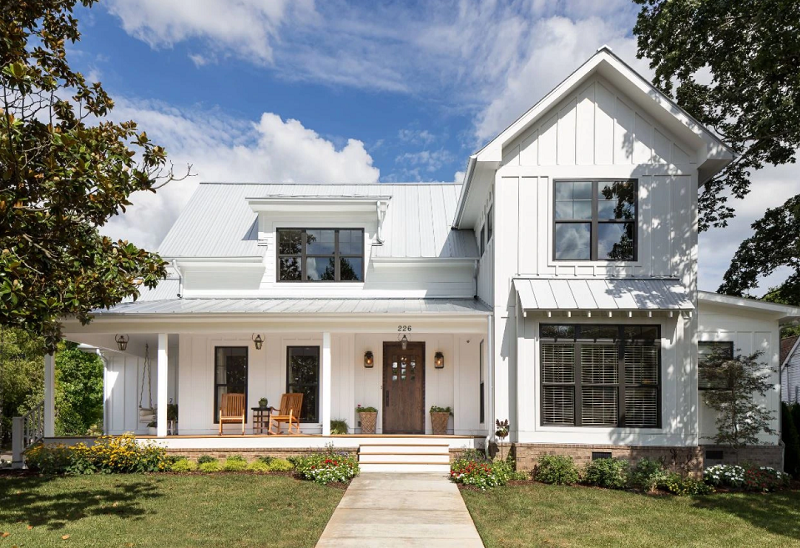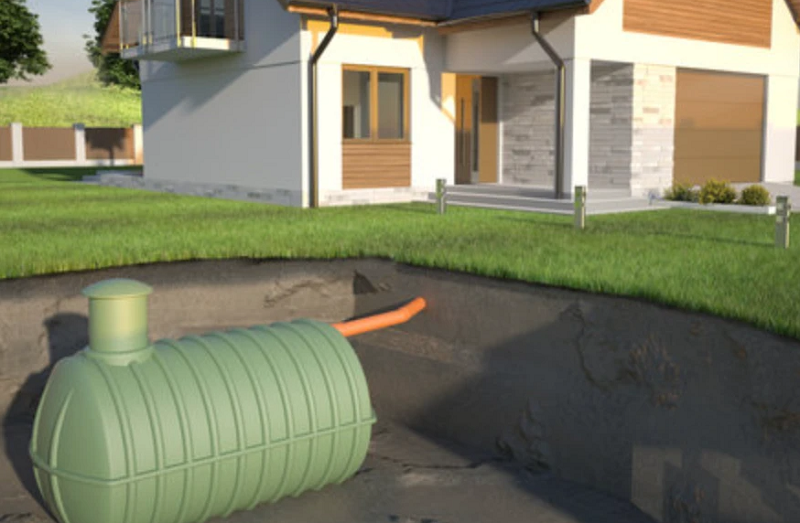Creating a bee-friendly garden is easier than you might think. Bees are essential pollinators, and they need our help. With a few simple steps, you can transform your backyard into a thriving haven for these buzzing buddies.
Imagine your garden filled with bee friendly plants and flowers. Sounds lovely, right? It’s a small change with a big impact.
Ready to give it a try? Let’s begin!
Choose Native Plants
Native pollinator plants are adapted to your local climate and soil, making them easier to grow and maintain. These plants provide the food and habitat that local bees have naturally evolved to depend on.
By selecting various native species, you can ensure that your garden supports bees throughout their active months. This diversity offers continuous blooms and nectar sources.
Additionally, native plants are typically more resistant to local pests. This reduces the need for chemical pesticides that can harm bees.
Provide a Water Source
Bees need water just like any other living creature. To create a bee-friendly environment, providing a water source is essential.
A shallow dish or birdbath works well. Fill it with clean water and add small stones or pebbles. These will give the bees a place to land safely while they drink.
However, you need to change the water regularly to keep it fresh. Avoid deep containers, as they can be a drowning hazard for the bees.
Maintaining a clean and safe water source can help the health and well-being of your garden’s bees.
Avoid Pesticides
Using pesticides can harm bees and disrupt the balance of your garden ecosystem. Instead, consider sustainable gardening practices to manage pests.
Encourage natural predators like ladybugs and birds to control the pest population. You can attract these helpful creatures by adding plants they love or installing birdhouses.
Companion planting is another technique to deter pests. Pairing certain plants naturally wards off unwanted insects.
Also, regularly handpick larger insects to keep their numbers down. With these natural methods, you create a safer environment for bees and promote a healthier garden.
Plant in Clusters
Planting in clusters is an effective way to make your garden more attractive to bees. By grouping pollinator friendly plants, you create a stronger visual and aromatic signal for them.
This makes it easier for bees to locate the food sources they need. Also, large clusters of the same species allow bees to collect pollen more efficiently. It reduces the time and energy spent moving between flowers.
For best results, plant at least three or more of the same plant species in each cluster. This approach not only supports the bees but also adds a vibrant and cohesive look to your garden.
Ensure Blooming Throughout the Seasons
Choosing plants that flower at different times of the year is key. This provides bees with a consistent source of food.
Start with early bloomers like crocuses and dandelions in spring. Move to nectar-rich flowers like lavender and bee balm for summer.
As autumn approaches, asters and goldenrods will keep your garden lively. By planning for a continuous display of blooms, you offer bees a steady supply of nectar and pollen.
This ensures they can thrive and support the environment year-round.
Create Shelter and Nesting Sites
Bees need safe places to rest and breed, which makes shelter essential. You can help by leaving bare patches of soil in your garden. Ground-nesting bees use these spots to dig their nests.
For bees that nest above ground, you can make bee houses. These simple structures have hollow tubes for solitary bees to lay eggs. You can buy them or make one from natural materials, and place them in sunny spots where they can stay dry.
Leaving garden debris like twigs and dry leaves can also provide nesting material. However, you should avoid raking too much and let some areas stay natural. This allows them to find what they need to build their nests.
Opt for Flowering Herbs
Flowering herbs offer nectar and pollen to bees while adding flavor and beauty. Some herbs to consider are basil, thyme, and oregano. These herbs flower with vibrant yet delicate blooms that attract bees.
Rosemary and mint are other excellent choices. They have aromatic qualities that not only lure bees but can also deter garden pests. Regularly harvesting them encourages new growth and prolongs blooming.
With this, you can enjoy fresh herbs in your kitchen while supporting the bees.
Incorporate a Diversity of Flower Shapes
Different bees have different tongue lengths. Some flowers are better suited to certain bees than others. By incorporating various flower shapes, you cater to a wider range of bees.
For example, tubular flowers like penstemon are perfect for long-tongued bees. On the other hand, open, flat flowers like daisies are more accessible to short-tongued bees.
Mixing them ensures that your garden can accommodate diverse bee species. This approach not only supports the bees but also adds visual interest and texture to your garden.
Leave Some Weeds
Letting a few weeds grow in your garden can help bees. Some weeds, like clover and dandelions, are rich in nectar and pollen. These are important food sources for bees, especially early in the season when not many other flowers bloom.
Allowing these weeds to thrive can provide nourishment when other sources are scarce. While weeds might seem undesirable, they often serve an important role in the ecosystem.
You should control their spread to keep your garden orderly. However, leaving a few in less visible areas can benefit bees. Remember, a well-managed garden doesn’t have to be weed-free.
Maintain a Bee-Friendly Lawn
Most lawns are treated with chemicals harmful to bees. To create a bee-friendly garden, you’ll need to rethink your lawn maintenance routine.
Avoid using chemical fertilizers and pesticides on your lawn. Instead, opt for organic alternatives or let your grass grow longer before mowing.
You can also reduce the size of your lawn by creating more natural areas in your garden. Planting flowers and herbs in these spaces provides additional sources of nectar and pollen for bees.
Benefits of Incorporating Bee Friendly Plants in Your Garden
Creating a bee-friendly garden is a rewarding endeavor that enhances the beauty of your outdoor space while supporting vital pollinators. By incorporating bee friendly plants and making small adjustments, you provide a haven where bees can thrive.
Ready to make a difference? Start transforming your backyard into a sanctuary for bees today. Together, we can help nurture our environment for future generations. Happy gardening!
Did you find this article helpful? Check out the rest of our blog now!





